‘The Boys in the Boat’ is a sports biographical drama that follows the story of the underdog junior rowing team of the Washington Huskies and their quest to compete in and win the gold medal in the 1936 Olympics. It is a truly inspiring tale as all the nine members of the team come from a working-class background and don’t have the experience or the resources to compete in a game that seems to be built for the elite. Still, with all odds stacked against them, they manage the seemingly impossible feat. But what happened to them after the events of the film?
All the Boys in the Boat Had Long and Fulfilling Lives
Winning the gold in Berlin brought the nine members of the rowing team (eight rowers and one coxswain) a lot of applause and support once they were back home. An experience like theirs was enough to bind them together for the rest of their lives, and they gathered almost every year since their historic victory. They also found a place in the USA National Rowing Hall of Fame in 1970 and in the University of Washington Hall of Fame.
Joe Rantz Became a Chemical Engineer
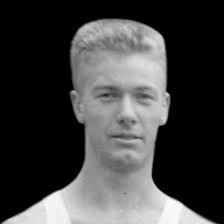
While all eight rowers on the boat are equally important to the sport, the story of ‘The Boys in the Boat’ mainly follows Joe Rantz. As shown in the film, he had a tough childhood, though things were a bit different in real life. Born in Spokane, Joe lost his mother when he was three, following which he was sent to live with his relatives. Later, when his father got married again, Joe found himself shut out of the new family and was eventually abandoned by them. Unlike in the film, the real-life Joe had an older brother who worked as a teacher at Roosevelt High School. He took care of Joe, who excelled in school, where he was spotted by coach Al Ulbrickson, who once saw him practicing and was highly impressed by him.
Following the Olympic win, Joe came back home to finish his degree in Chemical Engineering. The day he graduated was also when he married his high school sweetheart, Joyce Simdars, with whom he had five children. He was employed at Boeing for 35 years and is credited with the creation of “safe room,” a dust-free workspace. After retiring, he started a business, making posts and shakes from cedar, among other things. It was also him that Daniel James Brown first met before writing his non-fiction novel, ‘The Boys in the Boat,’ on which the movie is based.
Joe Rantz died on September 10, 2007, of natural causes. He was 93 years old and was laid to rest at Sequim View Cemetery. His rowing memorabilia was donated to the University of Washington by his family.
Don Hume Worked in the Oil Drilling Industry
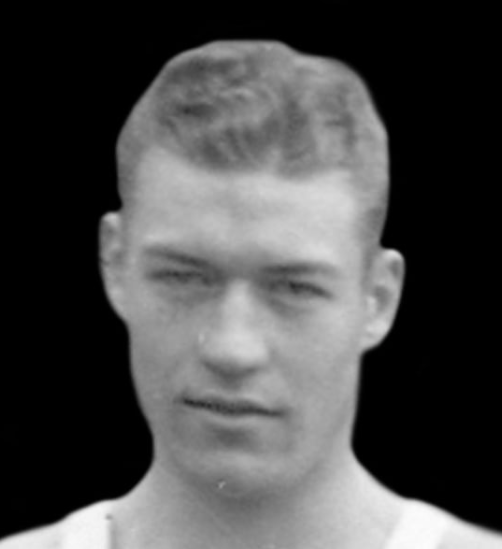
One of the most important members of the team, Don Hume, was the make-or-break point for the rowing team in the 1936 Olympics. A man of many talents, he also indulged in football, basketball, and track and was described as “a concert pianist of no mean ability.” Before he joined the rowing team that would go on to win gold at the Olympics, he lived in Anacortes and worked in a pulp mill for one summer. Reportedly, it was while working there that he started having respiratory problems, probably due to the sulfur fumes in the factory.
This is credited with his ill-health mere days before and on the day they were supposed to row for the gold. According to some accounts, Hume was all but passed out on the boat when they were rowing, though the rower later called it a myth inflated with every version of the story. Yes, he was ill, but his teammates showed faith in him, and it somehow gave him the required strength to help his team win.
When the war broke out, Hume enlisted and served in the merchant marine. After the war, he found a career in the oil and gas drilling industry, due to which he was almost always on the move. However, this didn’t stop him from attending the annual gathering of the team members every time. He served as the President of the West Coast Mining Association and was a charter member of the University of Washington’s Husky Hall of Fame. He died on September 16, 2001, at the age of 86, due to a heart attack and a stroke.
Robert Moch Became a Successful Lawyer
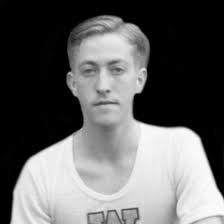
Born and raised in Montesano, Washington, Robert Much served as the coxswain of the team and is credited with keeping the morale high in the times that the team felt at its lowest. On the day of the Olympic race, he helped the team push themselves to the extremes, achieving a feat they didn’t think was possible. When the sound of the crowd made his megaphone useless, he banged on the side of the boat to let the team know what he wanted them to do and helped them reach 44 strokes per minute by the time the race ended.
After graduating from college, Moch became the assistant crew coach at the University of Washington and later became the head crew each at MIT. He also graduated from Harvard Law School and worked as a lawyer in Seattle for many years, retiring in 2000. He was twice married, first to a woman named Barbara (who tragically passed away), with whom he had three children, and later to LaVerne Moch, with whom he remained for the rest of his life. He died on January 18, 2005, at the age of 90, of natural causes. He was cremated, with his ashes scattered over the Hoods Canal.
George “Shorty” Hunt Worked in Construction
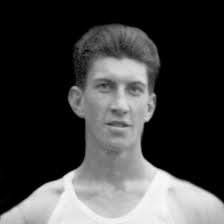
Called “Shorty” due to his 6-foot-5 frame, George Hunt had always been happier in the water, often cruising and fishing on his own. Following his Olympic win, he started working in construction firms in Seattle, and when the war broke out, he enlisted and served in the Navy Seabees in the South-Pacific. When he came back home, he established a construction firm named Collins-Hunt Construction and later became the head of George Hunt Constructions. Some of the projects that he worked on include the Carmelite Monastery, the Burien Library, and the Seattle University’s Lemieux Library. He was also employed with the Port of Seattle in the engineering department and also volunteered for the University of Washington and the Olympics. He died on September 3, 1999, following complications due to a stroke at 83 years of age.
Jim McMillin and Gordon Adam Had a Stellar Careers at Boeing
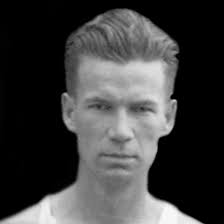
The captain of the 1936 rowing team for the Olympics, McMillin described the race as tough and called himself and his team lucky to have found the strength to win the race against all odds. Following his graduation, he turned to MIT, where he worked on classified research as a lab engineer during the Second World War while also coaching rowing. Later, he was employed at Boeing as an engineer and later as a supervisor manager for the commercial airplane group. He got married in June 1970 to a woman named Olga, with whom he had one daughter. He retired in 1976 and died at the age of 91 on August 22, 2005, at Kitsap County assisted-living home.
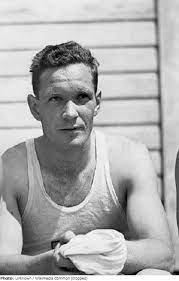
Gordon Adam got his degree in mechanical engineering and was also employed at Boeing, where he worked for 38 years. A few months after returning a winner from Berlin, he met a girl named Margaret, with whom he married and had two children. Apart from rowing, Adam had a love for gardening and golf. He died in his sleep at the age of 76 on March 27, 1992.
John White and Charles Day Followed Their Dreams
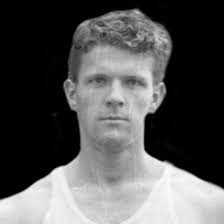
After winning the gold medal in Berlin in 1936, Charles Day came back and received a medical degree from the university. Later, he enlisted in the Second World War and served as a Naval Doctor in the South Pacific. After the war, he worked as a gynecologist. He was the youngest in the team to die at the age of 47 on May 26, 1962, due to lung cancer, credited to his habit of heavy smoking over the years.
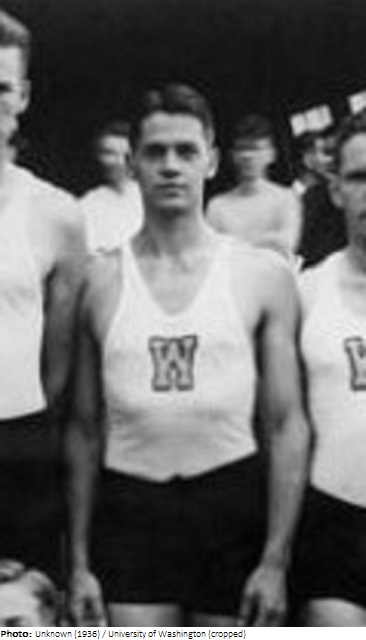
John White got a degree in metallurgical engineering and found a career for himself in the street industry. He worked as a General Manager of Sales at Bethlehem Steel for several years. He was married to Mary Elizabeth Egbert, with whom he had four children. He died in Seattle at the age of 80 on March 16, 1997.
Roger Morris Had a Career in Mechanical Engineering
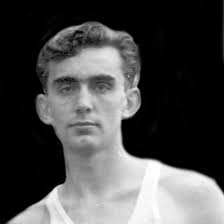
Roger Morris was the first to cross the finish line in the 1936 Olympics and the last of the team to pass away. After his return from Berlin, he got a degree in mechanical engineering and worked for several years in Seattle. He also put his knowledge to use in the Second World War, where he enlisted in the Navy and worked on dredging projects. He married Reba June Mott in August 1938 and had two daughters and a son. He died on July 22, 2009, at the age of 94, at his house in Maple Valley, surrounded by his family and loved ones.
Read More: The Boys in the Boat: Is It a Real Story of a US Rowing Team?

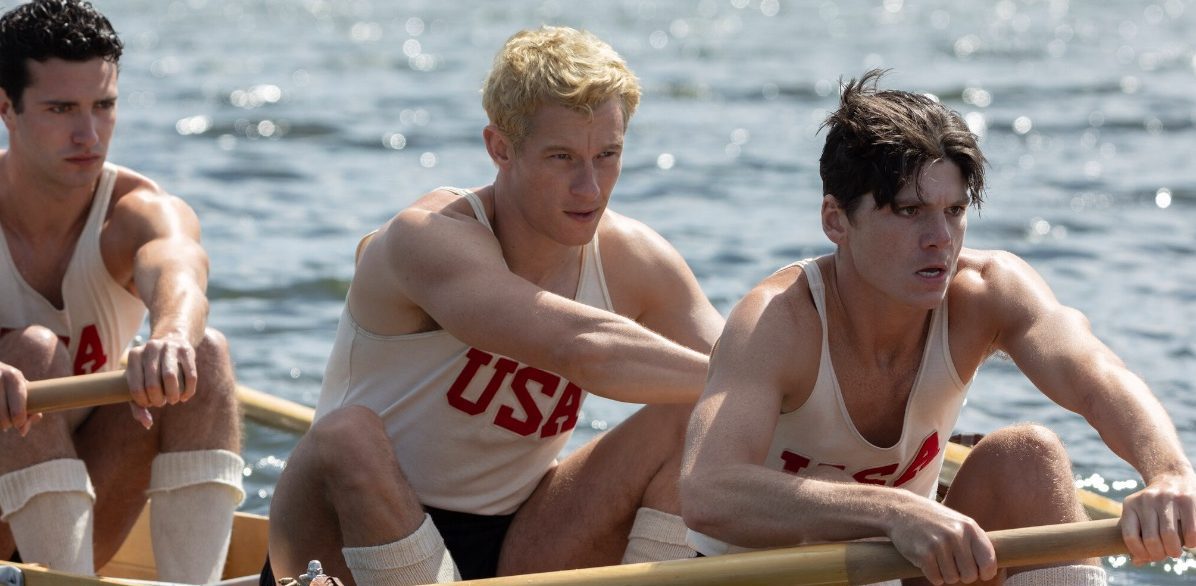
You must be logged in to post a comment.